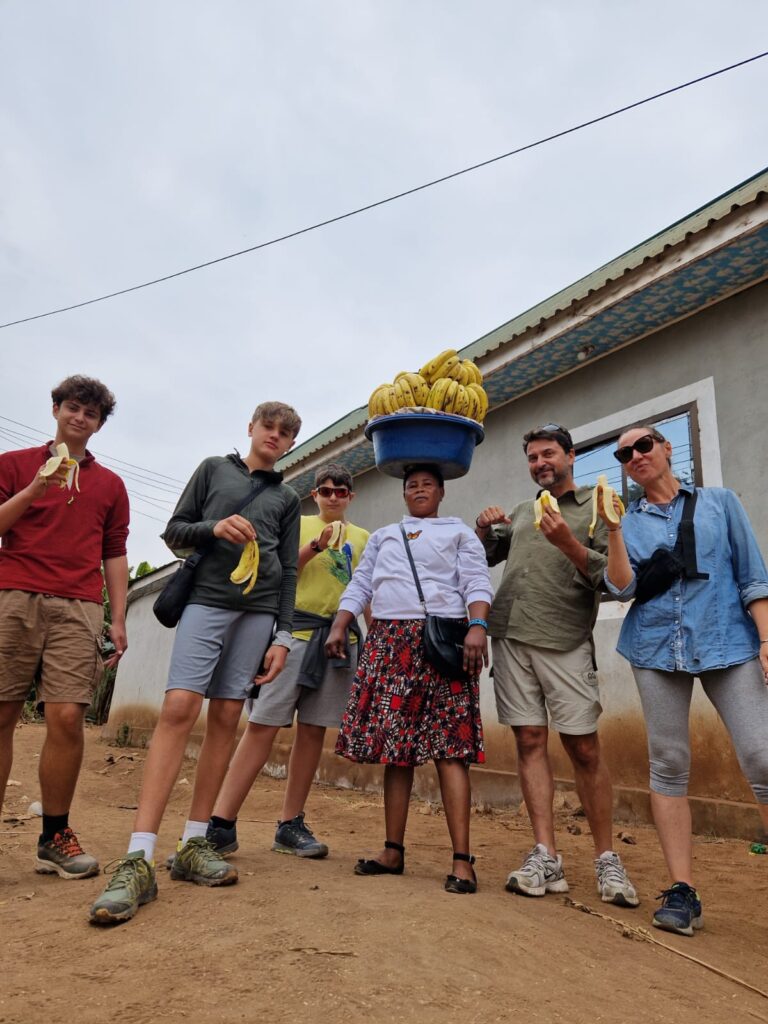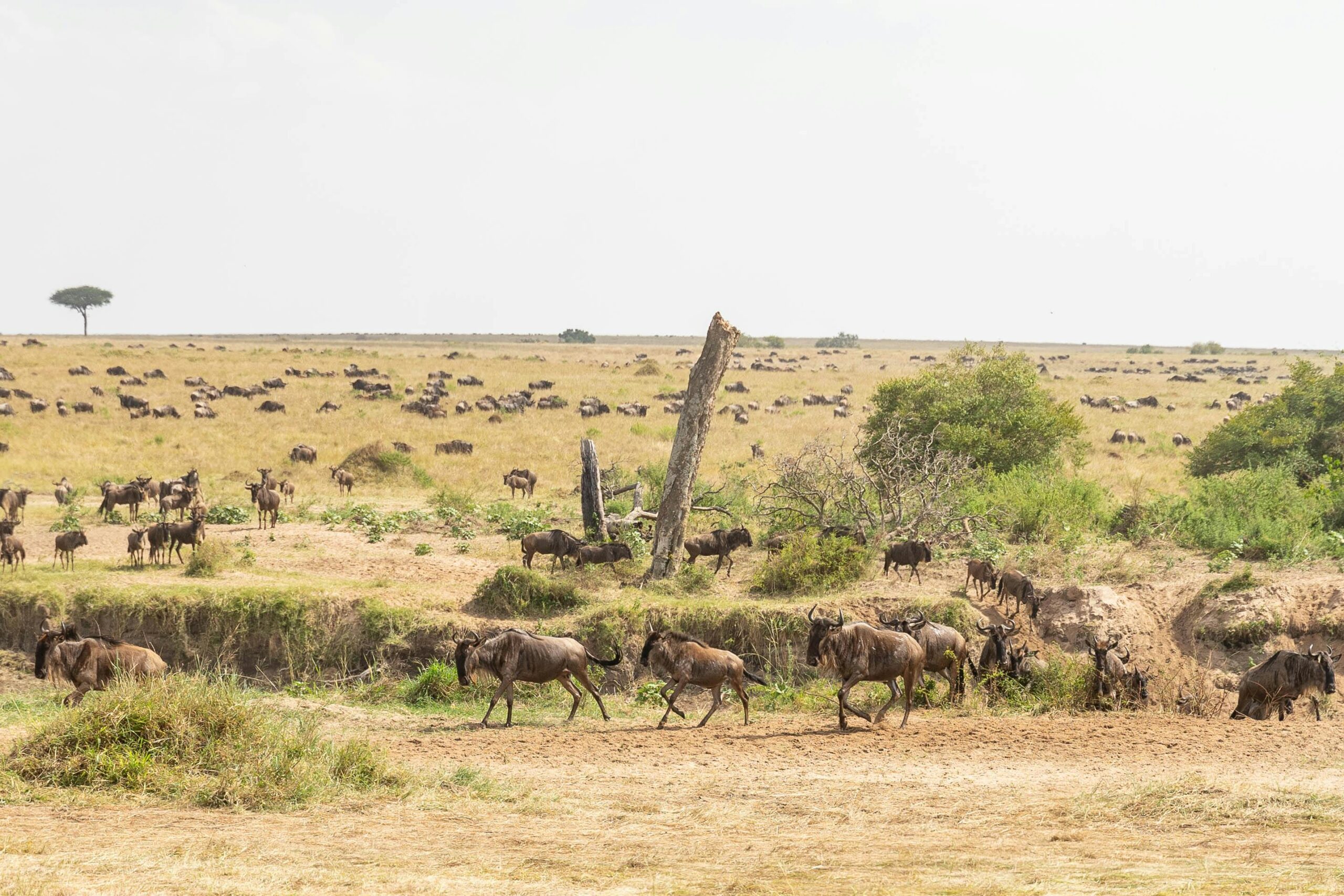
Tanzania is a dream destination for any traveler, with its captivating wildlife, stunning landscapes, and rich cultural heritage. Whether you’re planning your first visit or returning for another adventure, this guide will provide you with everything you need to know from where to go, what to see, and how to plan your budget. Let’s dive into the wonders that await you in Tanzania.
Why Tanzania is a Must-Visit Destination
Tanzania offers something for every type of traveler. From the iconic plains of the Serengeti, where you can witness the awe-inspiring Great Migration, the river crossing and calving season to the tranquil beaches of Zanzibar, the country is a perfect blend of wildlife, adventure, and relaxation, you never miss out on the richness that our country have in terms of culture, when you meet the Maasai people and enjoy time with hadzabe or take a hike at chagga land its just special feeling.
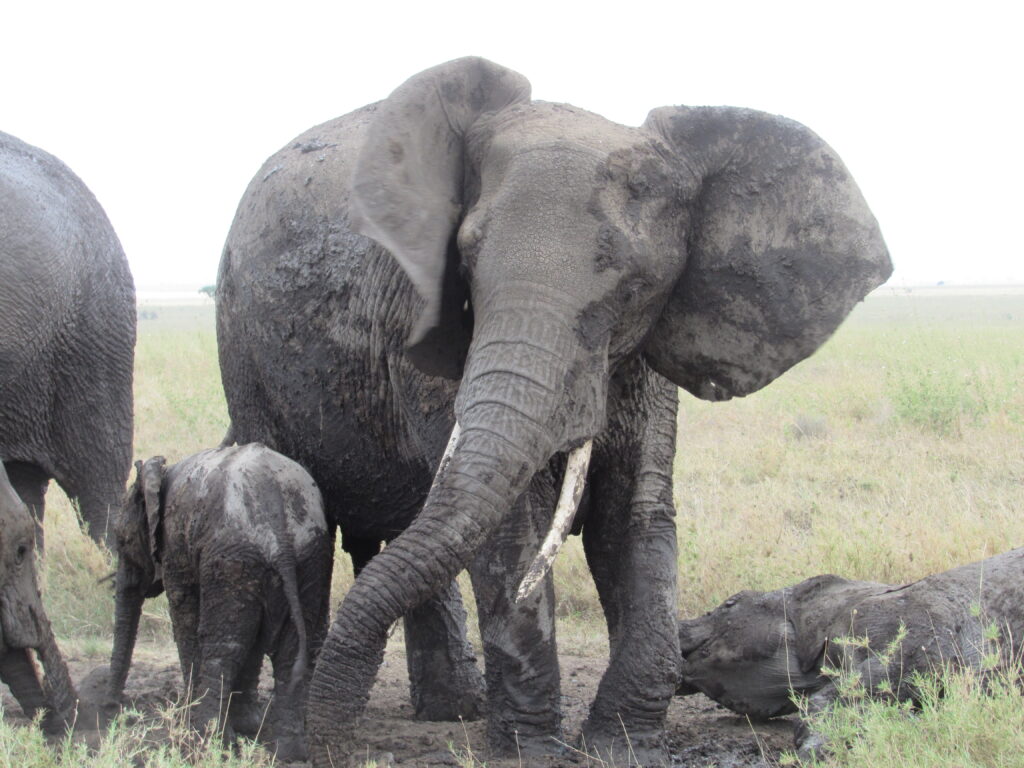
Cultural and Historical Richness
Home to over 120 ethnic groups, Tanzania offers a deep cultural experience. You can visit Maasai, Hadzabe, Chagga, Ngoni villages, explore the UNESCO World Heritage site of Stone Town in Zanzibar, or hike the trails of Mount Kilimanjaro and Materuni waterfalls. These experiences provide an authentic glimpse into the diverse traditions that make Tanzania unique and bring more light into experiencing Tanzania.
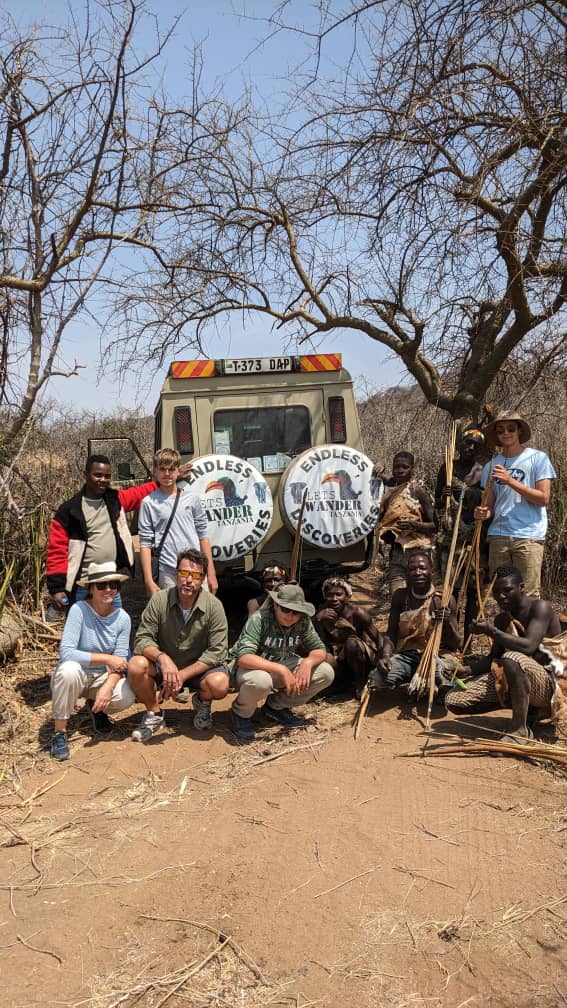
Breathtaking Wildlife
Tanzania boasts some of the most famous national parks and wildlife reserves in the world. You can spot the Big Five (elephant, lion, leopard, buffalo, and rhino) in Ngorongoro Crater, marvel at herds of wildebeest crossing the Mara River in the Serengeti, or encounter large elephant populations in Tarangire National Park, and the big cats in the Lonely Ruaha National park, that’s not all you can decide to visit Katavi national park for large crocodile experiences or go to Mahale mountains if you prefer to take back the years and see the Chimpanzee.
Best Wildlife Safaris and National Parks
Serengeti National Park
Famous for the annual Great Migration, the Serengeti offers an unparalleled safari experience. Each year, over two million wildebeest, zebras, and gazelles traverse the plains in search of greener pastures, making it one of the world’s greatest natural spectacles.
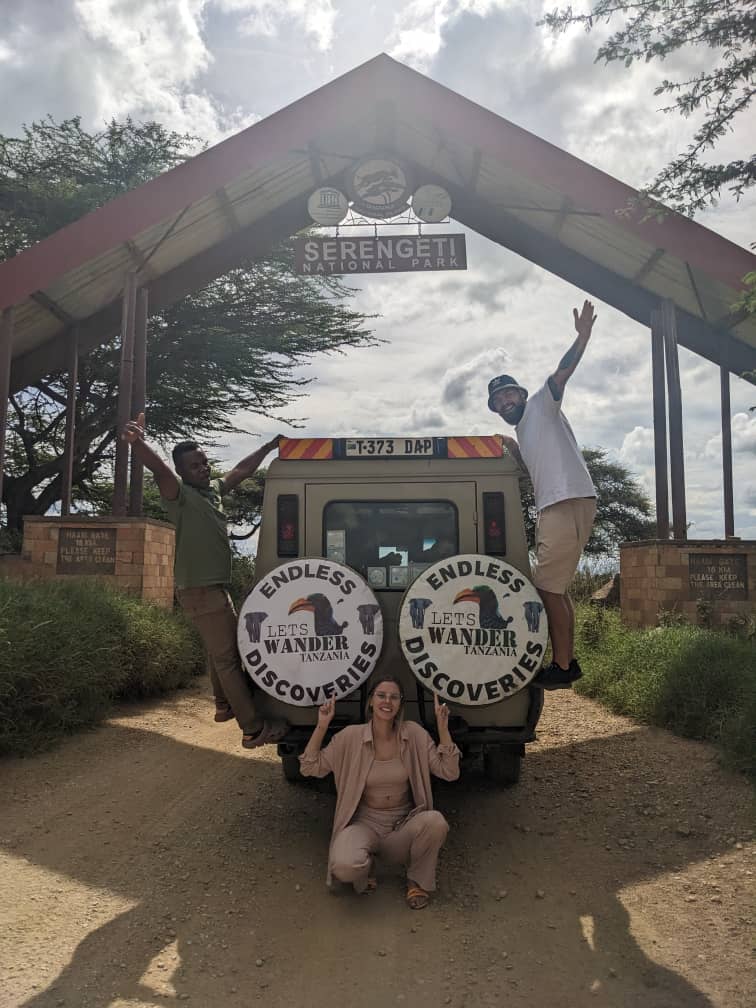
Ngorongoro Crater
A UNESCO World Heritage site, the Ngorongoro Crater is a haven for wildlife. The crater floor is home to over 25,000 large animals, including lions, black rhinos, and elephants, all against the backdrop of its stunning crater walls.
Tarangire National Park
If you prefer a less crowded safari, Tarangire is an excellent choice. Known for its large elephant herds and iconic baobab trees, it offers a quieter, more intimate wildlife experience compared to the more famous parks, this is also great for people with less time in Tanzania, you can decide to visit for a day and enjoy the wildlife.
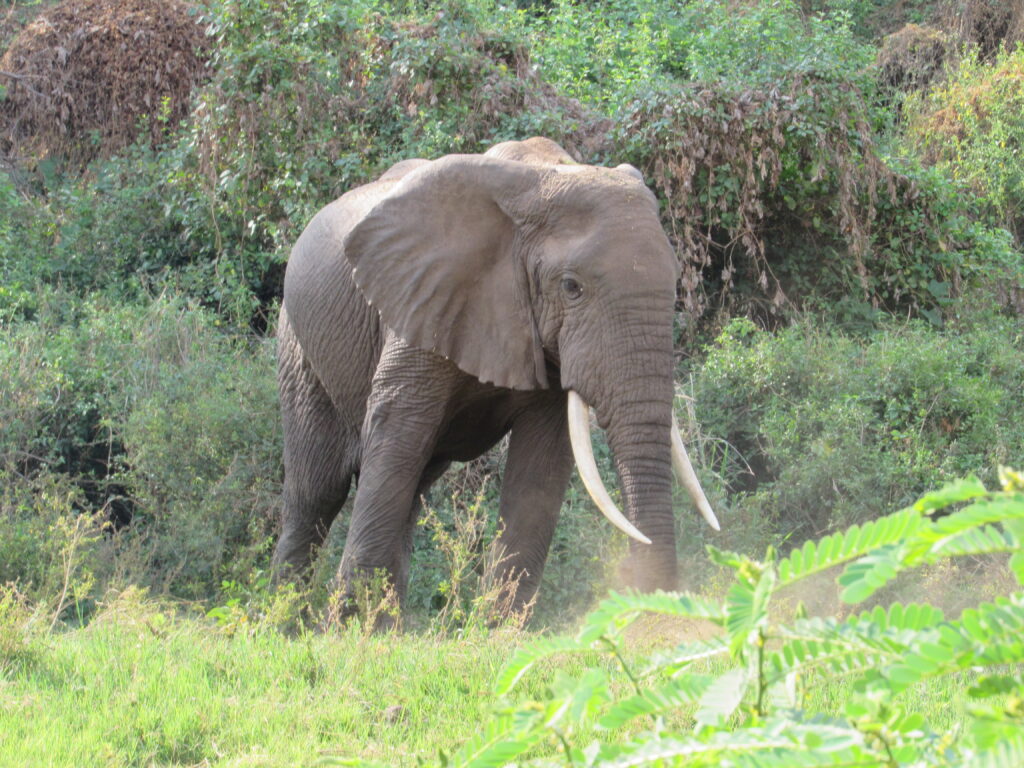
Nyerere National park and Ruaha National Park
For returning visitors or those seeking off-the-beaten-path destinations, these southern parks provide a remote and wild safari experience. Nyerere national park is the largest park in Tanzania, while Ruaha is home to a high concentration of predators, including lions and leopards.
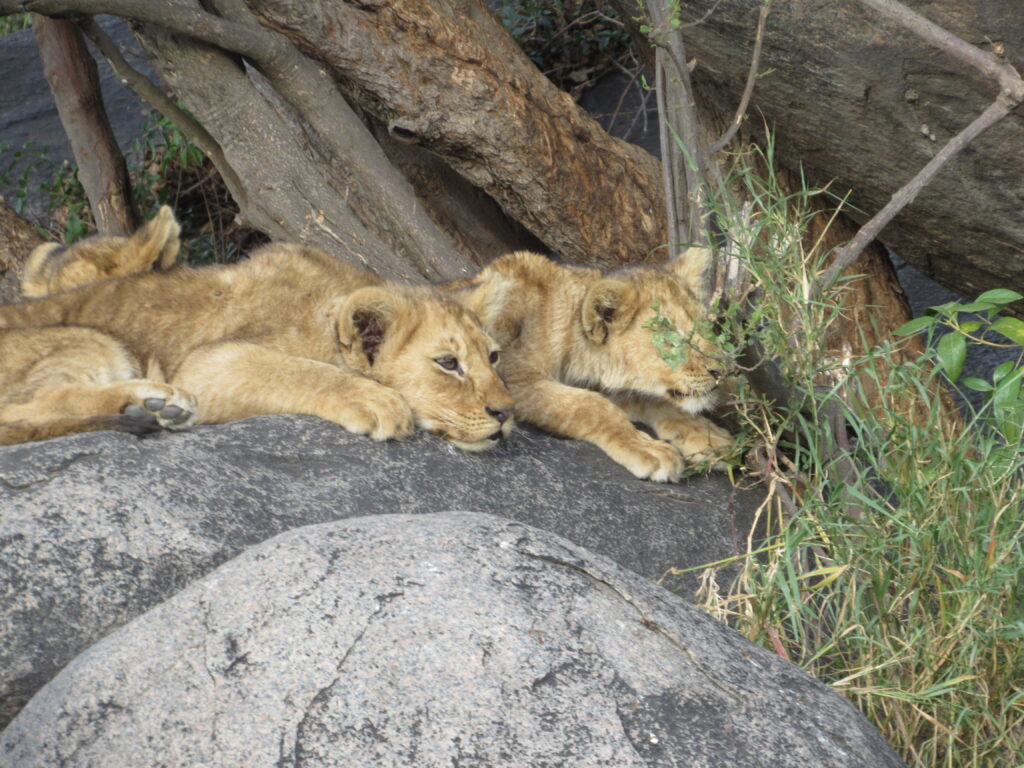
Top Cultural and Natural Attractions Beyond Wildlife
Beyond its wildlife, Tanzania offers a rich array of cultural and natural attractions that enhance any trip
Zanzibar Island
For beach lovers, Zanzibar is paradise. From the UNESCO-listed Stone Town with its winding streets and vibrant markets to the island’s pristine beaches and coral reefs, Zanzibar is perfect for combining relaxation with cultural exploration. You can also enjoy snorkeling, diving, and visiting spice farms to learn about the island’s history as a global spice hub, places like kizimkazi, jozani forest , are best to visit
Mount Kilimanjaro
Africa’s highest peak is a bucket-list adventure for many travelers. While the summit trek can be challenging, shorter hikes and scenic routes are available for those who prefer a less strenuous experience. Kilimanjaro offers breathtaking views, diverse ecosystems, and the thrill of standing on the Roof of Africa, The routes of Marangu, Machame, lemosho offer unique experiences for visitors.
Materuni Village and Chemka Hot Springs
For a more authentic local experience, head to Materuni Village near Moshi. Learn how to make coffee, enjoy a traditional meal, and hike to Materuni Waterfall. Afterward, unwind at the Chemka Hot Springs, a hidden oasis of clear, warm water surrounded by lush vegetation.
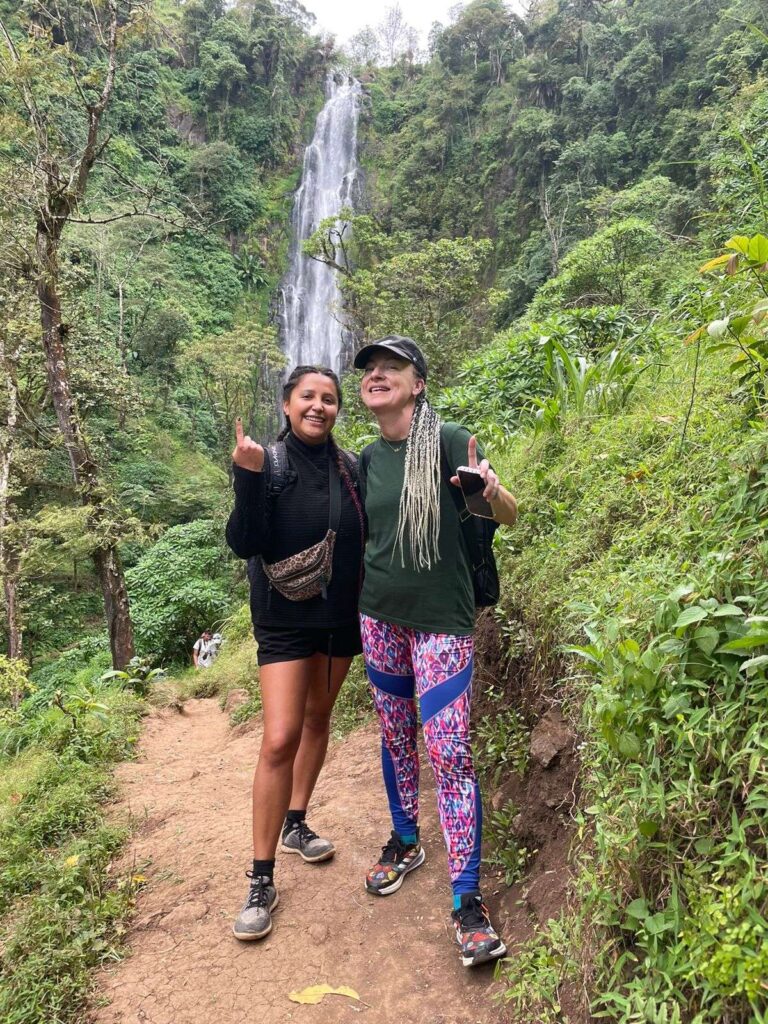
Budgeting Your Trip to Tanzania
Tanzania offers a wide range of experiences for travelers of all budgets. Here’s how to plan based on your needs.
Accommodation
Tanzania’s accommodations range from luxury lodges and tented camps in the heart of national parks to budget-friendly guesthouses and mid-range hotels. The cost of lodging will largely depend on the level of comfort you seek and your proximity to major attractions.
- Luxury Safaris: $500–$1,000+ per night
- Mid-Range Safaris: $200–$400 per night
- Budget Safaris: $50–$150 per night
Safari Costs
The cost of a safari can vary greatly depending on the season and type of safari. Group safaris are a more affordable option for budget-conscious travelers, while private safaris offer a more tailored experience
- Group Safari (per day): $150–$240
- Private Safari (per day): $270–$350
- Luxury Safari (per day): $400- $600
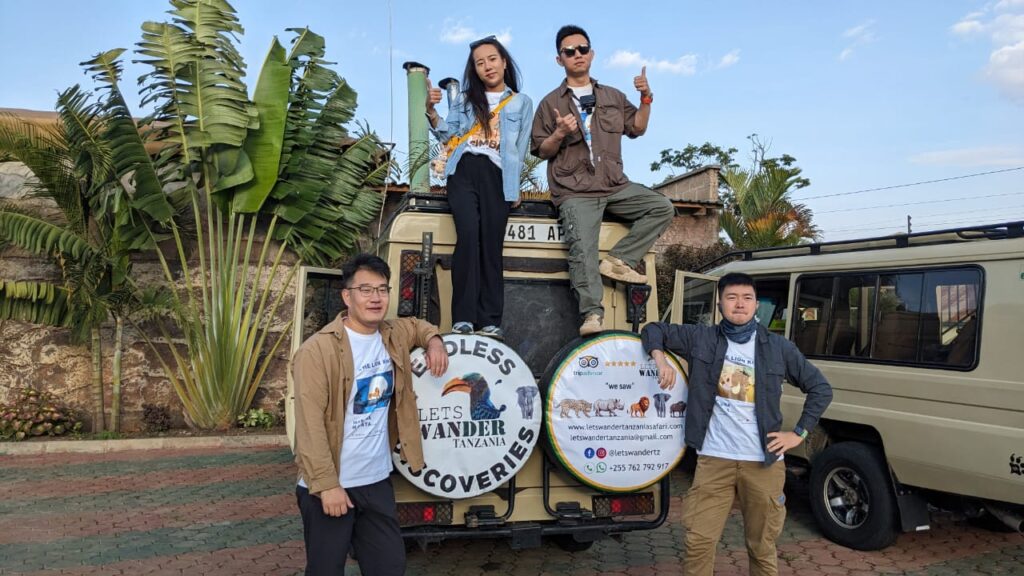
Best Time to Visit: Wildlife and Weather
When planning your trip, it’s important to consider the season as it affects both wildlife sightings and budget.
- Dry Season (June to October): This is the best time for safaris, as wildlife congregates around water sources, making them easier to spot. It’s also peak travel season, so prices are higher
- Wet Season (March to May): The green season offers lower prices and fewer tourists, but some roads may be difficult to navigate, and certain parks may be less accessible.
- Shoulder Seasons (November and February): These months strike a balance between good wildlife viewing, decent weather, and more affordable travel costs., this is the best time for calving season in Ndutu area and south serengeti.
Practical Tips for First-Time Visitors
Visas and Vaccinations
Visas can be obtained online or upon arrival at the airport. It’s recommended to check your local Tanzanian embassy for up-to-date requirements. Travelers are also advised to get vaccinations for yellow fever is passing a country with high risk in between your journey to Tanzania, typhoid, and hepatitis, as well as take malaria precautions.
Safety
Tanzania is generally safe for tourists, but it’s essential to take common precautions like avoiding poorly lit areas at night and keeping your valuables secure. Safaris are led by experienced guides who ensure safety during wildlife encounters.
Packing Essentials
Bring lightweight, breathable clothing for the day and warm layers for cooler evenings on safari. Don’t forget sunscreen, a hat, insect repellent 50%DEED, a good pair of binoculars, and a camera to capture the magic of Tanzania
Eco-Friendly and Ethical Travel in Tanzania
When traveling to Tanzania, it’s important to choose eco-friendly experiences. Responsible tourism helps conserve the natural environment and supports local communities. We prioritize sustainability, respect wildlife, and promote fair wages for staff. Supporting local businesses and respecting cultural norms we belive this make a big difference.
